A Real-World Guide to Dragon Tree Care (So You Don’t Accidentally Kill It)
I’ve been working with plants my whole career, and let me tell you, I’ve seen some things. I’ll never forget this one big corporate client. They had these stunning, seven-foot-tall Dragon Trees in their lobby, but they were dying a slow death. The lower leaves were yellowing, and the tips were getting all brown and crispy.
In this article
- First Things First: Picking a Winner (and Your Shopping List)
- Why Your Tap Water Might Be the Enemy
- How to Water Like a Pro (Hint: It’s Not on a Schedule)
- Getting the Light Just Right
- The Right Soil Mix Makes All the Difference
- Help! What’s Wrong With My Plant?
- How to Prune for a Fuller, Bushier Plant
- A Final, Important Warning About Pets
- Galerie d’inspiration
It turns out the facility manager was watering them every single Monday, on the dot. He thought he was doing the right thing, but he was literally killing them with kindness. That’s the number one mistake I see with these plants. People treat them like a piece of furniture with a fixed schedule, but a Dragon Tree’s needs change all the time.
This guide isn’t about rigid rules. It’s about learning to ‘read’ your plant and build some intuition. We’ll go over everything you need to know, from picking a healthy one at the store to what to do when it starts looking a little sad. By the end, you’ll know how to give it what it actually needs.
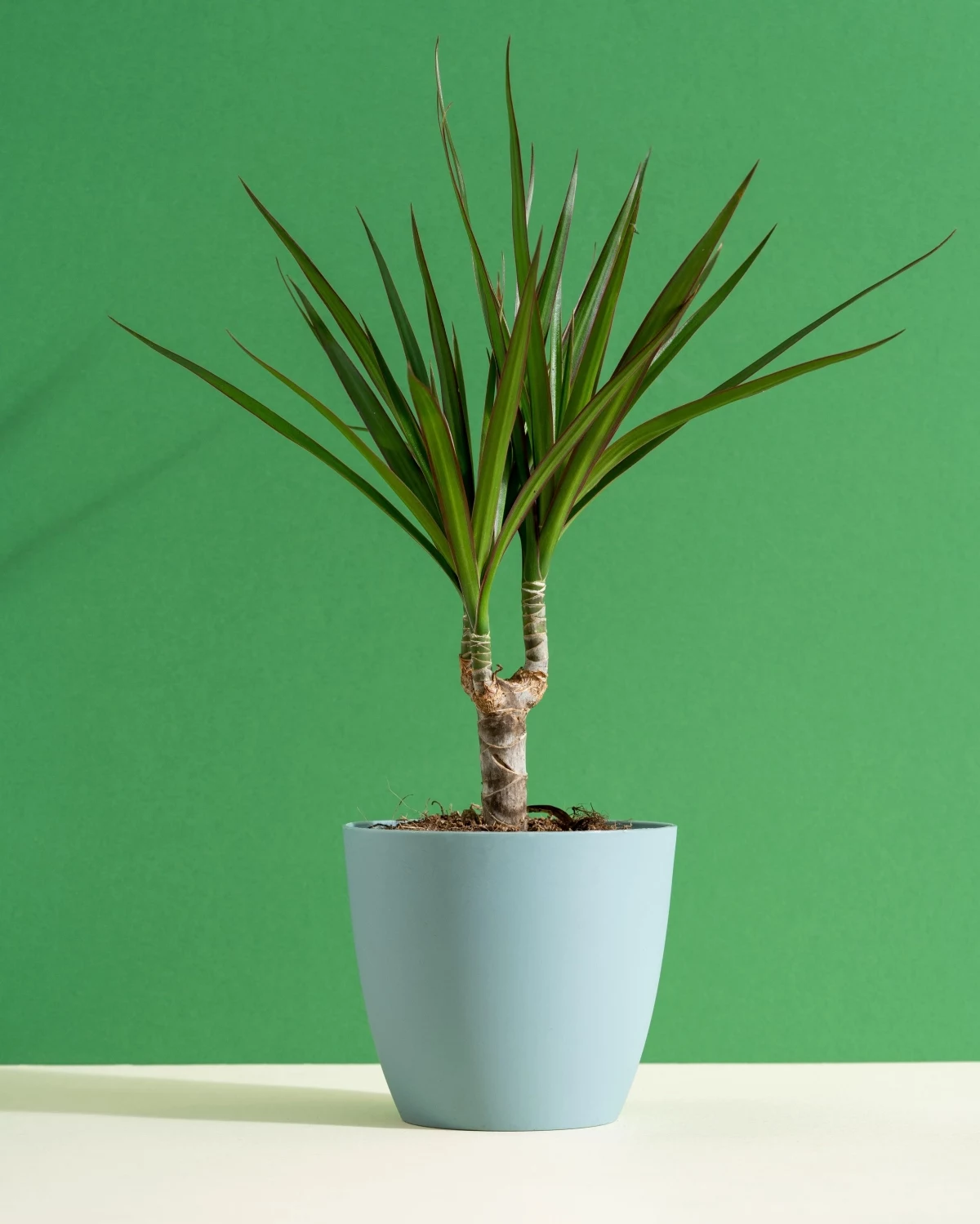
First Things First: Picking a Winner (and Your Shopping List)
Before we even talk about care, let’s talk about starting off on the right foot. Bringing home a healthy plant is half the battle. When you’re at the nursery or Home Depot, here’s what to look for.
A Beginner’s Checklist for Buying a Dragon Tree:
- Give it a gentle wiggle. The main stem or cane should feel firm and solid in the pot. If it’s wobbly, that’s a huge red flag for root rot. Pass on that one.
- Check the leaves. Look for vibrant, healthy foliage. A few minor imperfections are okay, but avoid plants with lots of yellowing leaves, big brown spots, or pests. Oh yeah, check UNDER the leaves for tiny webs (spider mites) or little white fuzzy dots (mealybugs).
- Consider the cost. Prices can vary a lot based on size. Expect to pay around $15 to $25 for a small plant in a 6-inch pot. For a taller, more mature 3- to 4-foot specimen, you’re likely looking at $60 to $100+.
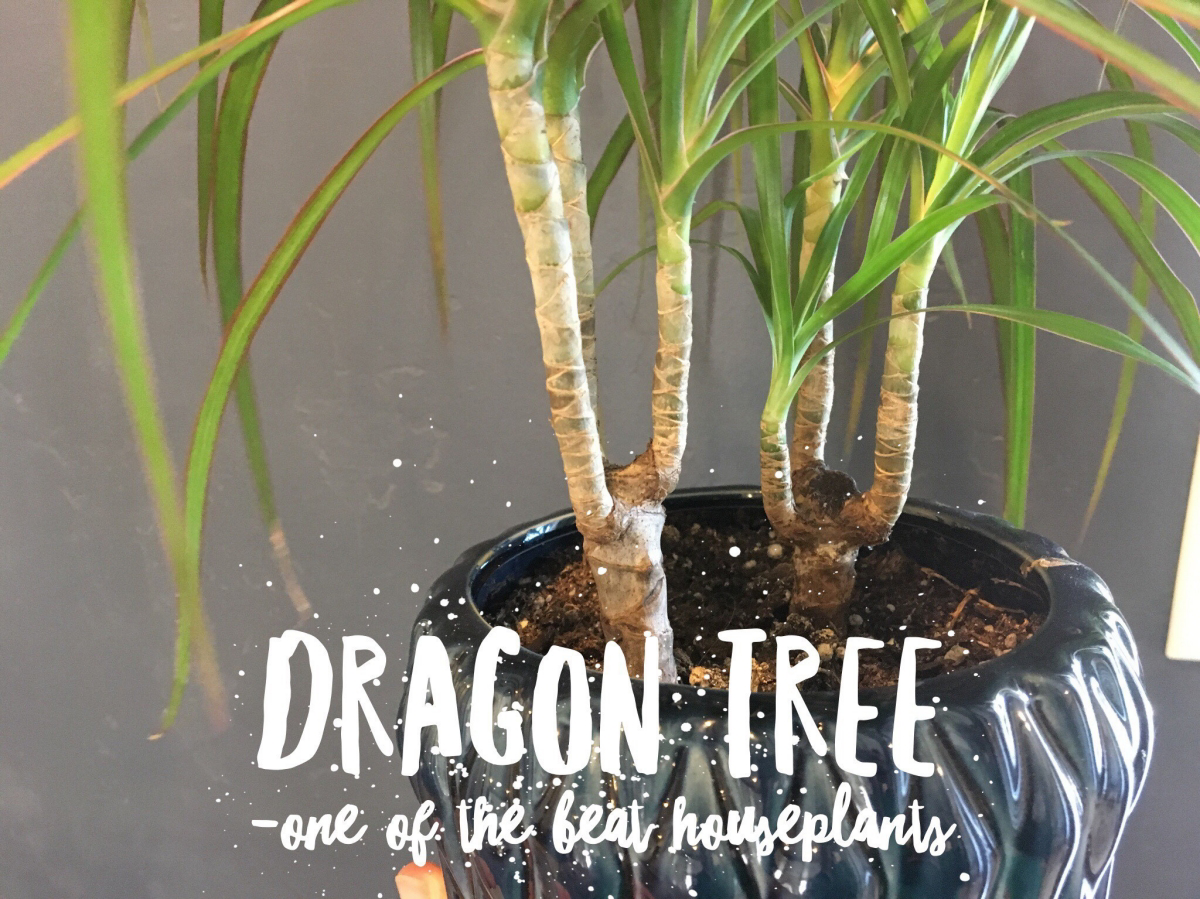
To make it easy, here’s your basic shopping list to get started from scratch:
- Your new Dragon Tree
- A pot with drainage holes that’s only 1-2 inches wider than the one it came in
- A bag of peat moss or coco coir
- A bag of perlite (this will cost you maybe $8 and last for years)
- A small bag of orchid bark or pine bark fines
Why Your Tap Water Might Be the Enemy
So, let’s get into the nitty-gritty. Dragon Trees originally come from places with distinct wet and dry seasons, so they’re built to handle drought. Their roots need oxygen, and when the soil is constantly soaked, they literally suffocate and start to rot. This is why overwatering is their biggest killer.
But there’s another sneaky culprit: your tap water. These plants are especially sensitive to fluoride and chlorine, which are common in city water. Over time, these chemicals build up in the soil and get pulled up into the leaves. The plant pushes them to the very edges, which is why you see those distinct brown, crispy leaf tips. It’s basically a slow-motion chemical burn from the inside out.
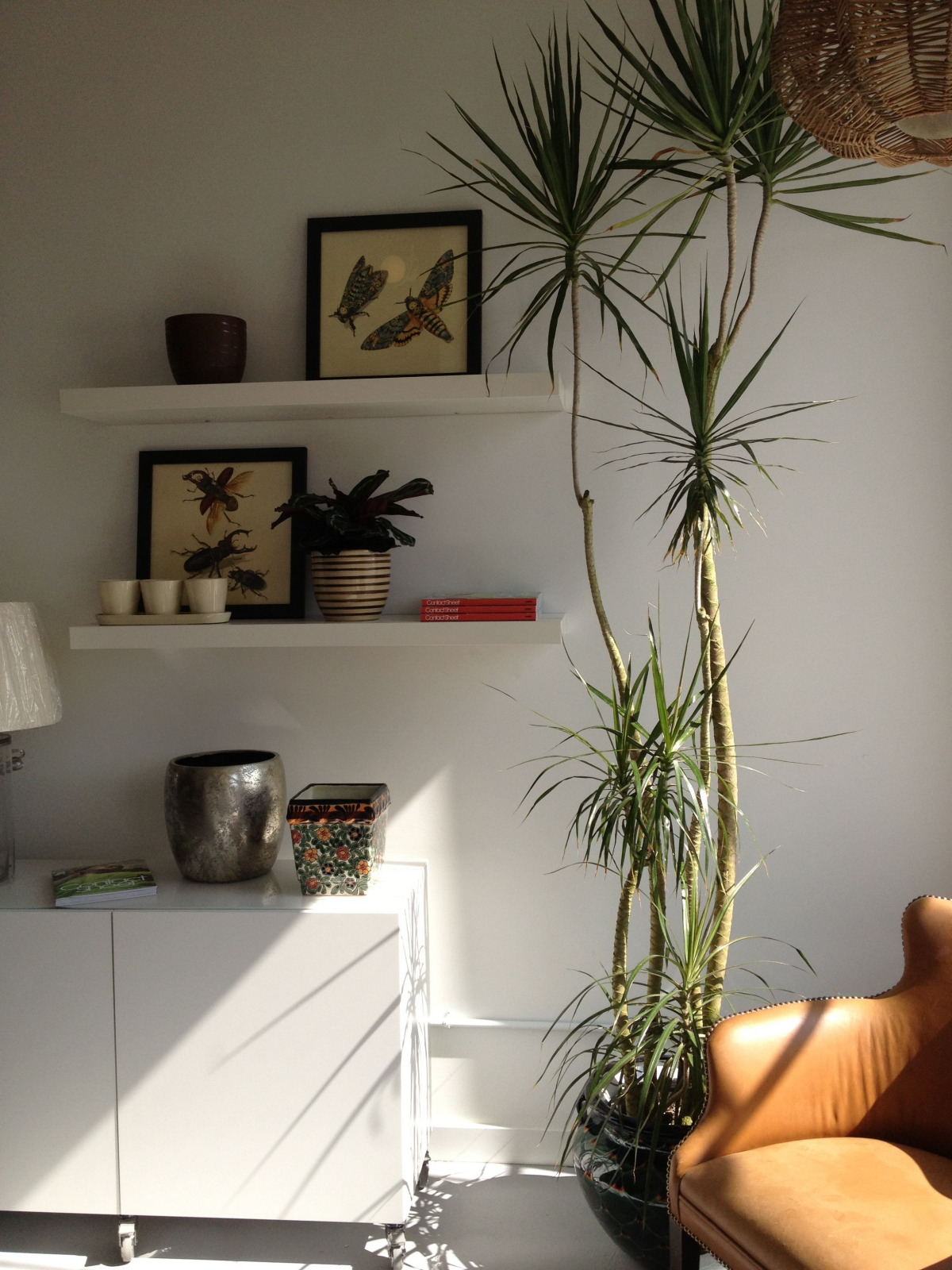
Good to know: A lot of advice says to let tap water sit out for 24 hours. This works for chlorine, which will evaporate. However, many cities now use chloramine, which does not evaporate. Fluoride doesn’t either. The best options are rainwater or distilled water, but let’s be honest, that’s not always practical. A great, real-world compromise is to use water from a simple pitcher filter, like a Brita, which helps remove a lot of the junk your plant hates.
How to Water Like a Pro (Hint: It’s Not on a Schedule)
Throw that “water once a week” idea out the window. The right time to water depends on your home’s light, temperature, and humidity. Instead, learn one of these two methods:
- The Finger Test: This is the most reliable way. Stick your index finger into the soil up to your second knuckle. If you feel even a hint of moisture, do not water. Wait. Seriously, if you’re ever in doubt, it’s better to wait another few days. It’s way easier to save a thirsty Dragon Tree than a drowning one.
- The Lift Test: Get a feel for how heavy the pot is right after you’ve watered it thoroughly. Then, lift it again in a week or two. The difference will be surprisingly significant. This helps you intuitively know when it’s dry without even getting your hands dirty.
When you do water, do it right. Take the plant to a sink or tub and give it a good, long drink until water pours out of the drainage holes. This flushes out any of those mineral salts we talked about. Then—and this is critical—let it drain completely for 15-20 minutes. Never, ever let it sit in a saucer full of water. That’s a one-way ticket to root rot.
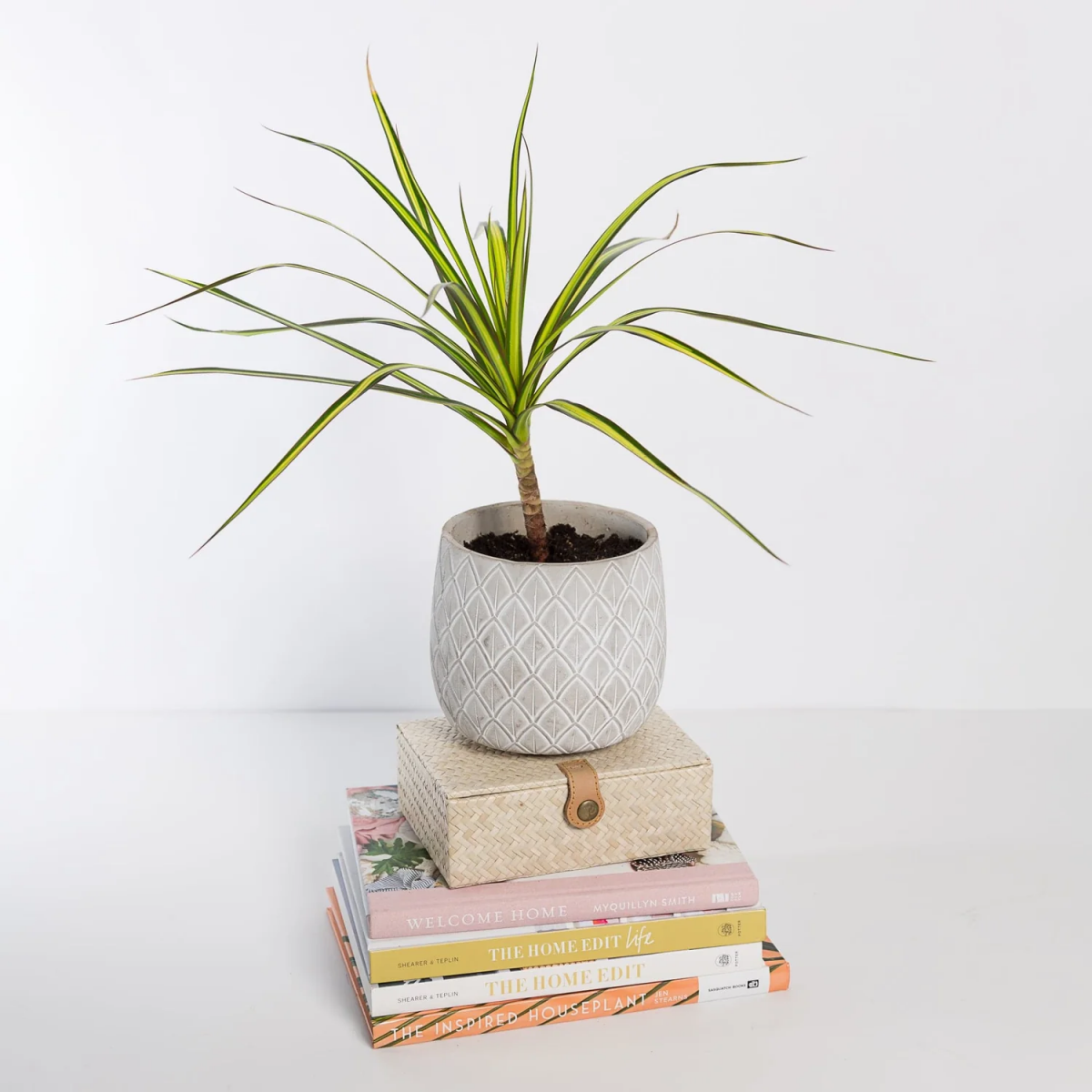
Here’s a quick win you can do right now: go check your plant. Is it sitting in a little puddle in its saucer? Dump that water out. You may have just saved its life.
Getting the Light Just Right
You’ll often see Dragon Trees marketed as “low-light” plants. This is a bit misleading. They can survive in low light, but they won’t thrive. They’ll get leggy, the leaves will be smaller, and those cool red or pink edges will fade. They’ll just be… sad.
For a happy, growing plant, you want bright, indirect light. Think of a spot a few feet back from a sunny south or west-facing window, or right in an east-facing window that gets gentle morning sun. Direct, hot afternoon sun will scorch the leaves, leaving ugly brown patches.
A quick tip: Look at the shadow your plant casts around noon. If it’s a sharp, clearly defined shadow, the light is too intense. If it’s a soft, fuzzy-edged shadow, you’ve found the perfect spot.
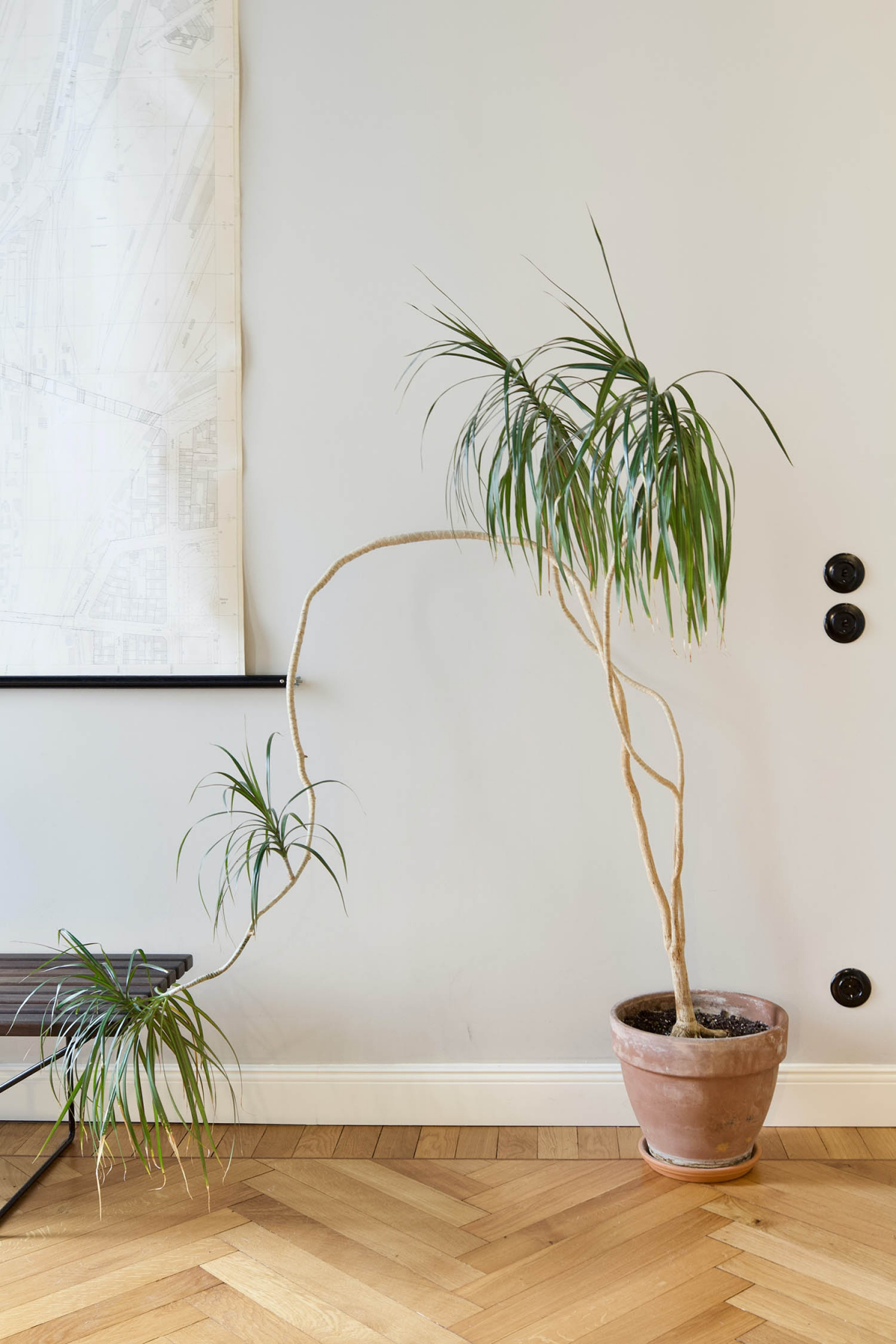
The Right Soil Mix Makes All the Difference
That standard, all-purpose potting mix you grab at the store is usually too dense for a Dragon Tree. It holds onto water for too long. I always mix my own, and it’s super simple. It provides the excellent drainage these guys need to be happy.
My go-to recipe is:
- 2 parts peat moss or coco coir
- 1 part perlite
- 1 part orchid bark or pine bark fines
This mix feels light and airy, and it’s a game-changer. When you repot (usually every 2-3 years), only go up one pot size—about 1-2 inches wider in diameter. A pot that’s too big holds too much extra soil, which stays wet and, you guessed it, leads to root rot.
Help! What’s Wrong With My Plant?
Even with great care, things happen. Here’s how to decode what your plant is trying to tell you.
Symptom: The lower leaves are turning yellow and falling off.
Likely Cause: If it’s just one or two of the very bottom leaves, that’s totally normal! The plant is just shedding old leaves to grow new ones. But if multiple leaves are yellowing at once and feel soft, it’s almost certainly overwatering.
The Fix: Stop watering immediately. If the soil is a swamp, you may need to do some emergency surgery. Gently pull the plant out, knock off the wet soil, and trim any roots that are brown, mushy, or smell bad (healthy roots are firm and whiteish). Repot in fresh, mostly dry soil and wait at least a week to water.
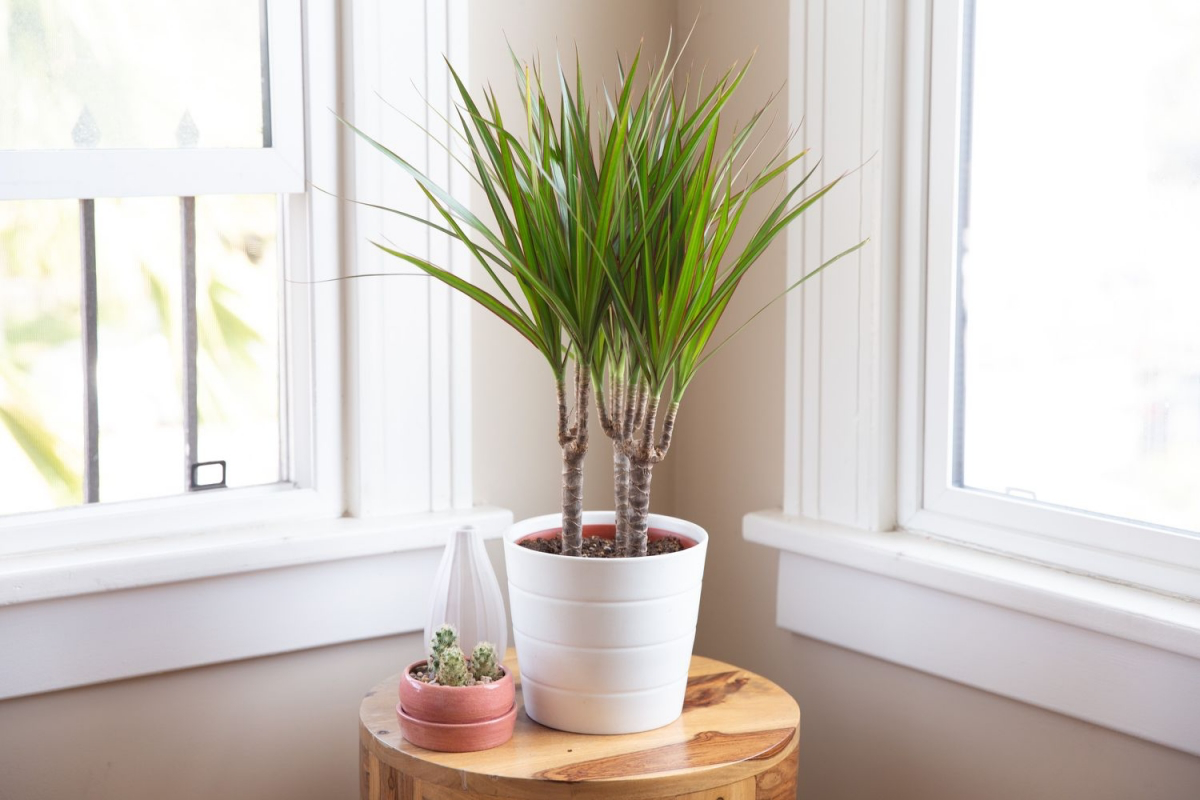
Symptom: The tips of the leaves are brown and crispy.
Likely Cause: This could be a few things. It might be low humidity (common in winter), you might be waiting a little too long between waterings, or it’s that mineral buildup from tap water we discussed.
The Fix: You can’t fix the brown parts, but you can stop it from getting worse. For aesthetics, you can trim the brown bits off. A pro-tip: when you trim, try to follow the natural leaf shape and leave a tiny, paper-thin margin of brown. This prevents you from creating a fresh wound on the healthy green part. Then, address the cause: switch your water source and make sure you’re flushing the soil when you water.
Symptom: I see tiny webs or white fuzzy stuff on the leaves.
Likely Cause: You’ve got pests, probably spider mites or mealybugs. Act fast!
The Fix: Isolate the plant from its friends. Give it a good shower, using a sprayer to blast as many pests off as you can. For a minor issue, wipe off every bug you see with a cotton swab dipped in rubbing alcohol. For a bigger problem, get a bottle of insecticidal soap, follow the directions, and spray the entire plant down (especially under the leaves). You’ll need to repeat this every 5-7 days for a few weeks to break their life cycle.
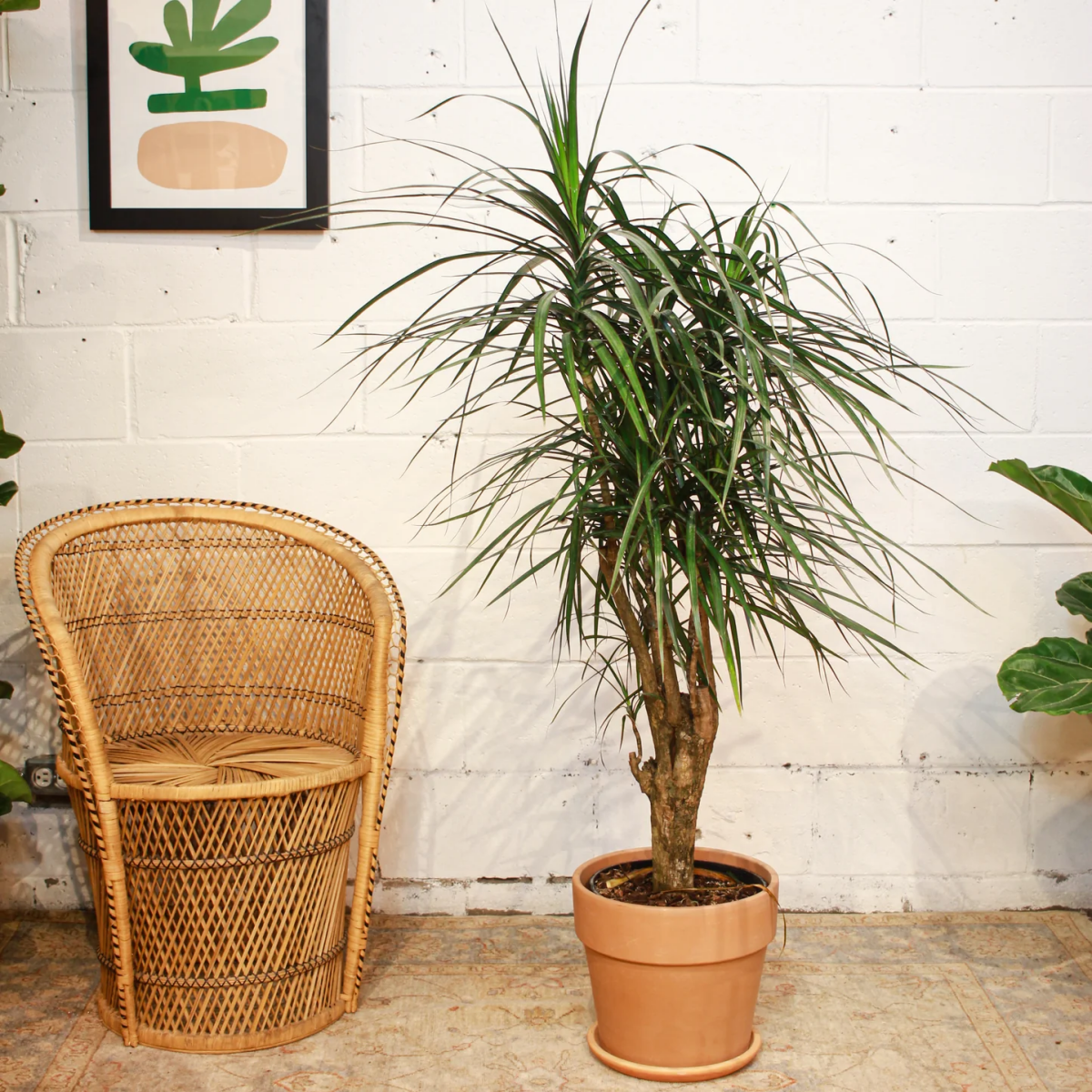
How to Prune for a Fuller, Bushier Plant
Is your Dragon Tree getting tall and leggy, looking more like a stick with a poof of leaves on top? Don’t worry, we can fix that. Pruning feels scary, but it’s the best way to encourage a fuller shape.
I know, chopping the top off your plant sounds terrifying, but trust me. Take a clean, sharp pair of shears and cut the cane at whatever height you want. In a few weeks, you’ll see one, two, or even three new little growth buds emerge right below the cut. Each one will grow into a brand new head of leaves. You’re turning a sad, leggy stick into a lush, multi-branched plant.
And don’t throw away the part you cut off! Let the cut end dry for a day, then you can stick it in a glass of water to root or plant it directly in a small 4-inch pot with moist soil. Boom, free new plant.
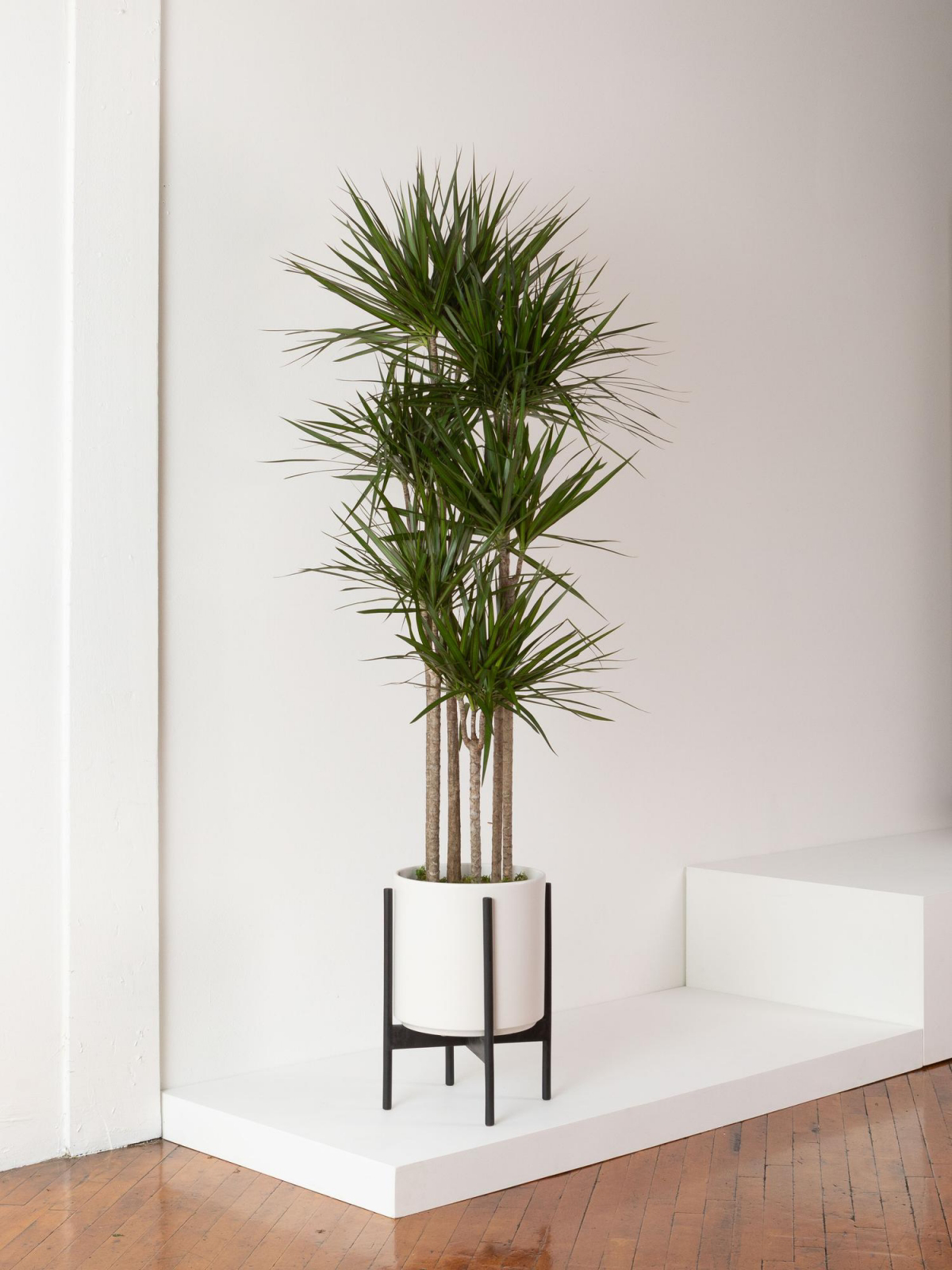
A Final, Important Warning About Pets
Heads up! I have to mention that Dragon Trees are toxic to cats and dogs. If they chew on the leaves, it can cause vomiting and drooling. While it’s rarely fatal, it’s definitely distressing for your furry friend. If you have a known plant-chewer, it’s best to keep this plant up high and out of reach.
At the end of the day, caring for a plant is a skill. Every yellow leaf is just a piece of data. Your plant is talking to you, and now you have a much better idea of what it’s saying. Don’t be afraid to experiment a little—you’ve got this!
Galerie d’inspiration
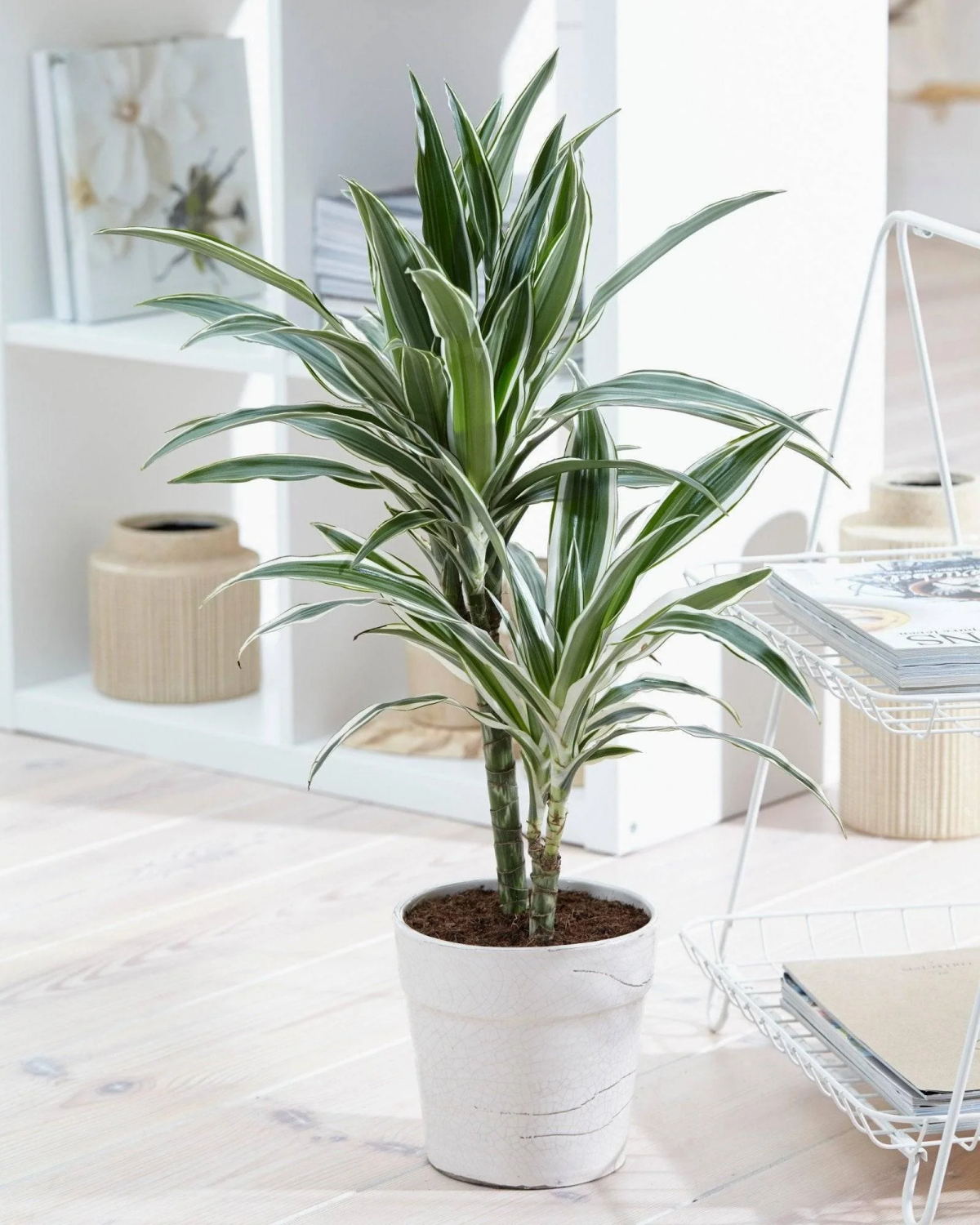
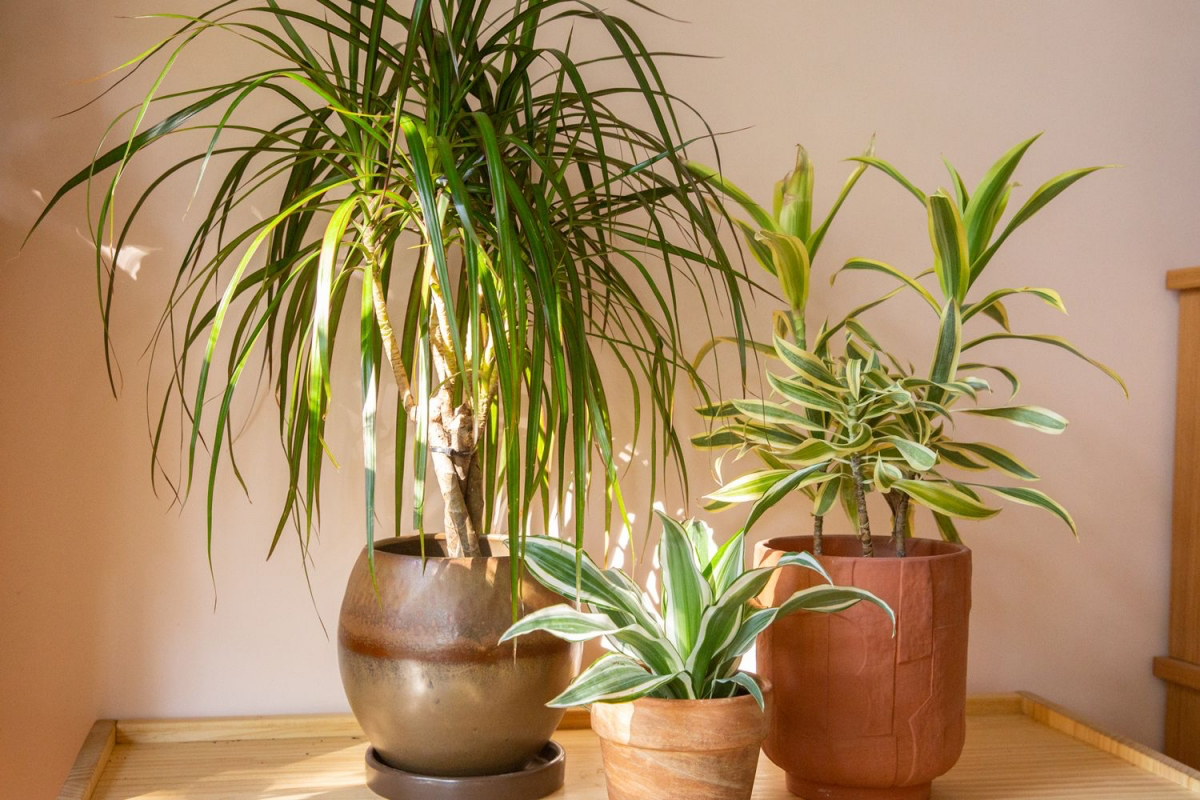
Did you know? The brown, crispy leaf tips on a Dragon Tree are often a reaction to chemicals in tap water, specifically fluoride and chlorine.
Your plant isn’t being picky, it’s just sensitive. Letting your tap water sit out for 24 hours can help some chlorine evaporate, but for truly happy leaves, switching to distilled water, filtered water, or collected rainwater is the ultimate game-changer. It’s a small step that solves one of the most common Dracaena problems.
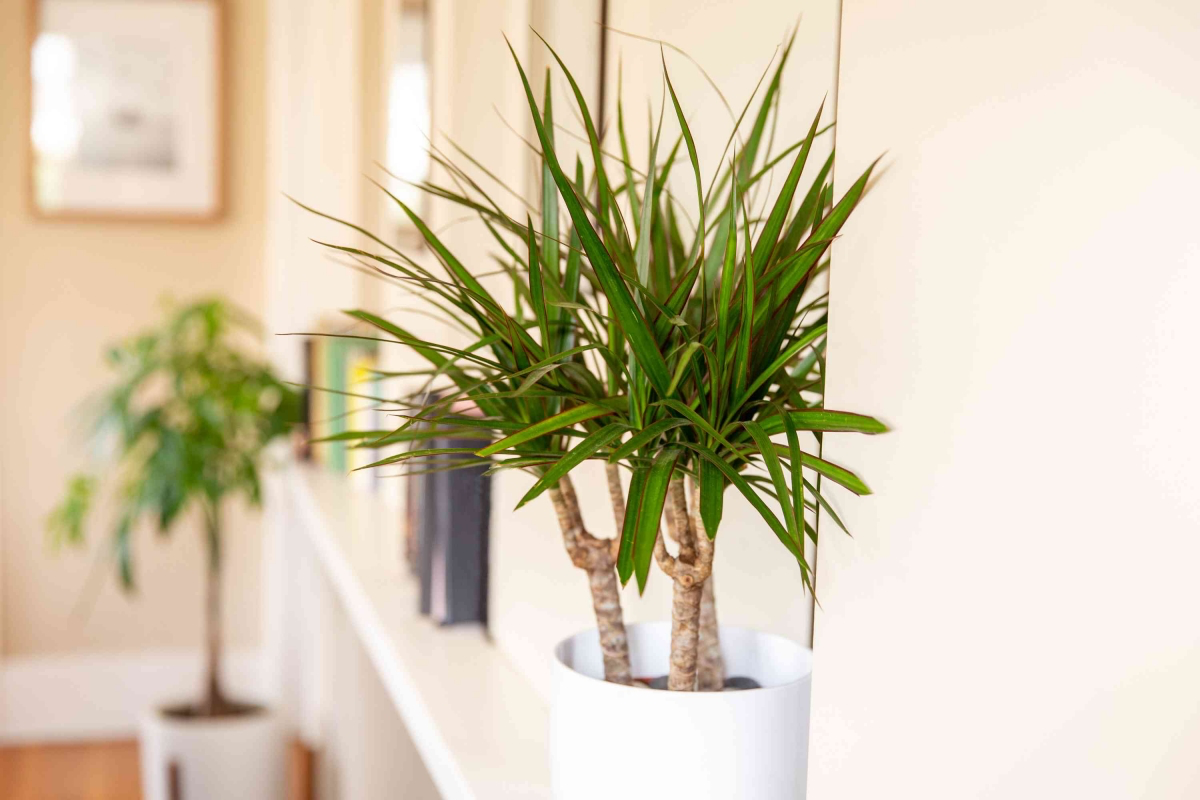
Does my Dragon Tree really need fertilizer?
Yes, but sparingly! Think of it as a vitamin shot, not a daily meal. During the growing season (spring and summer), feed it once a month with a balanced liquid fertilizer for houseplants, diluted to half-strength. Brands like Espoma’s Indoor! or a simple Schultz 10-15-10 liquid plant food work wonders. In fall and winter, let it rest—no fertilizer needed.
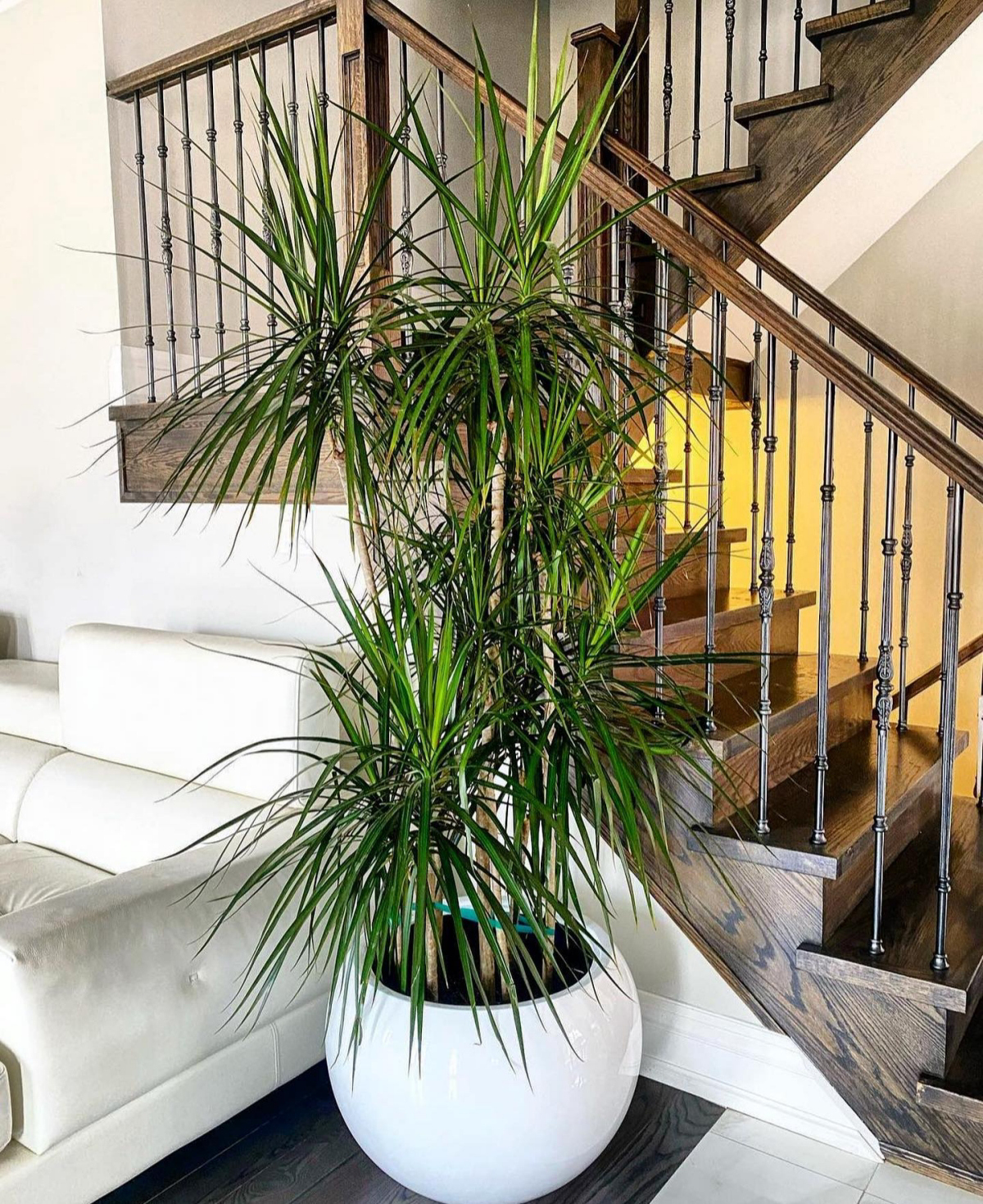
A Dragon Tree’s sharp, architectural silhouette makes it a designer’s favorite for adding vertical interest. It’s perfect for tight corners or framing a sunny window where other, bushier plants won’t fit. Its slender profile complements minimalist, mid-century modern, and bohemian decor styles, drawing the eye upward and making any room feel a little taller and more dynamic.
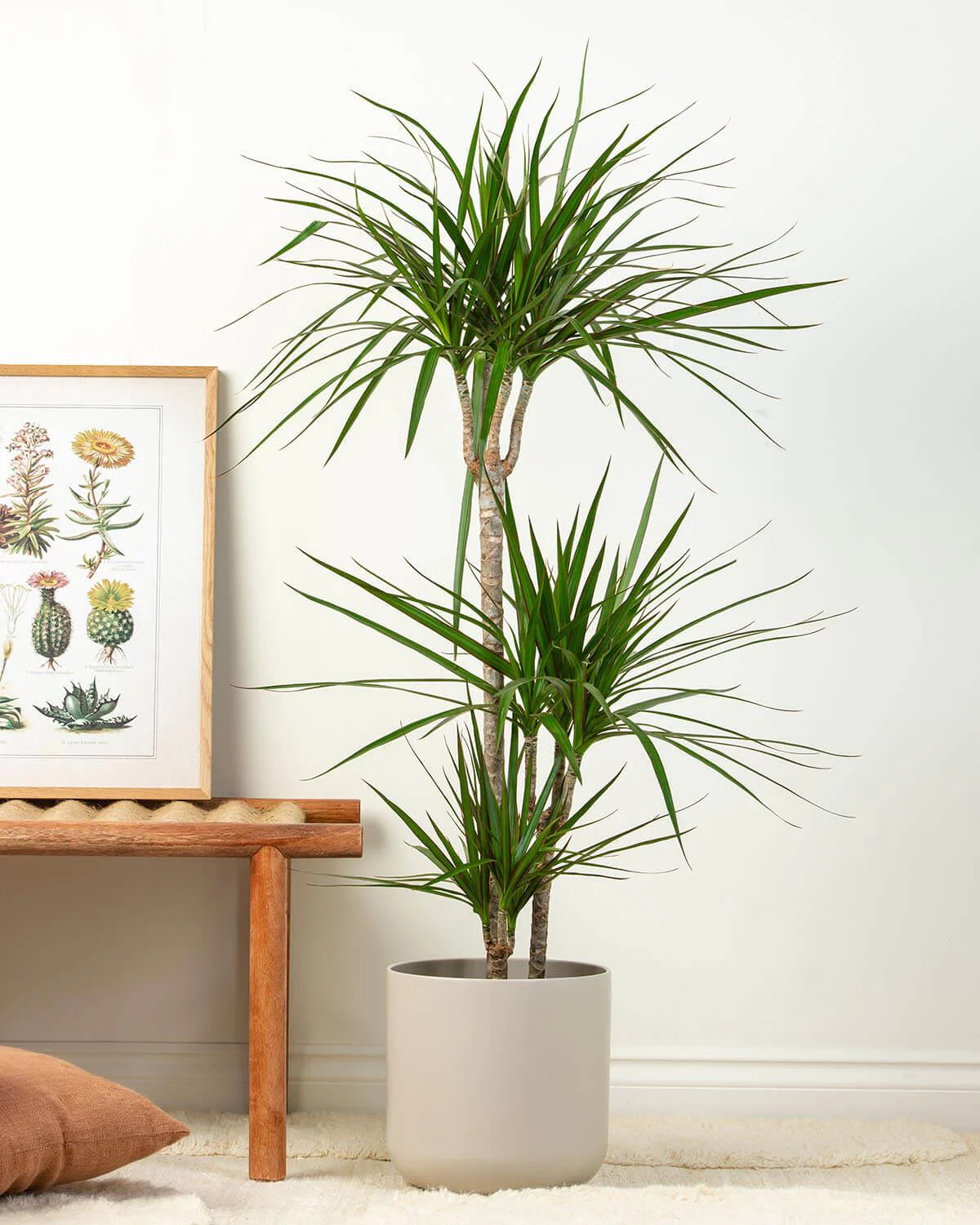
- Vibrant, healthy new growth.
- No more fine, dusty webbing under the leaves.
- A healthy sheen on the foliage.
The secret? Proactive pest prevention. Once a month, wipe the leaves (top and bottom) with a soft cloth dipped in a solution of lukewarm water and a few drops of neem oil. This simple ritual disrupts the life cycle of common pests like spider mites before they even get a chance to take hold.

Important point: That wobbly trunk you might find at the store isn’t just a sign of poor potting; it’s a major red flag for root rot. The base of the cane should be firm and solid in the soil. If it moves easily, the roots are likely already compromised from overwatering at the nursery. Walk away, no matter how good the discount is!
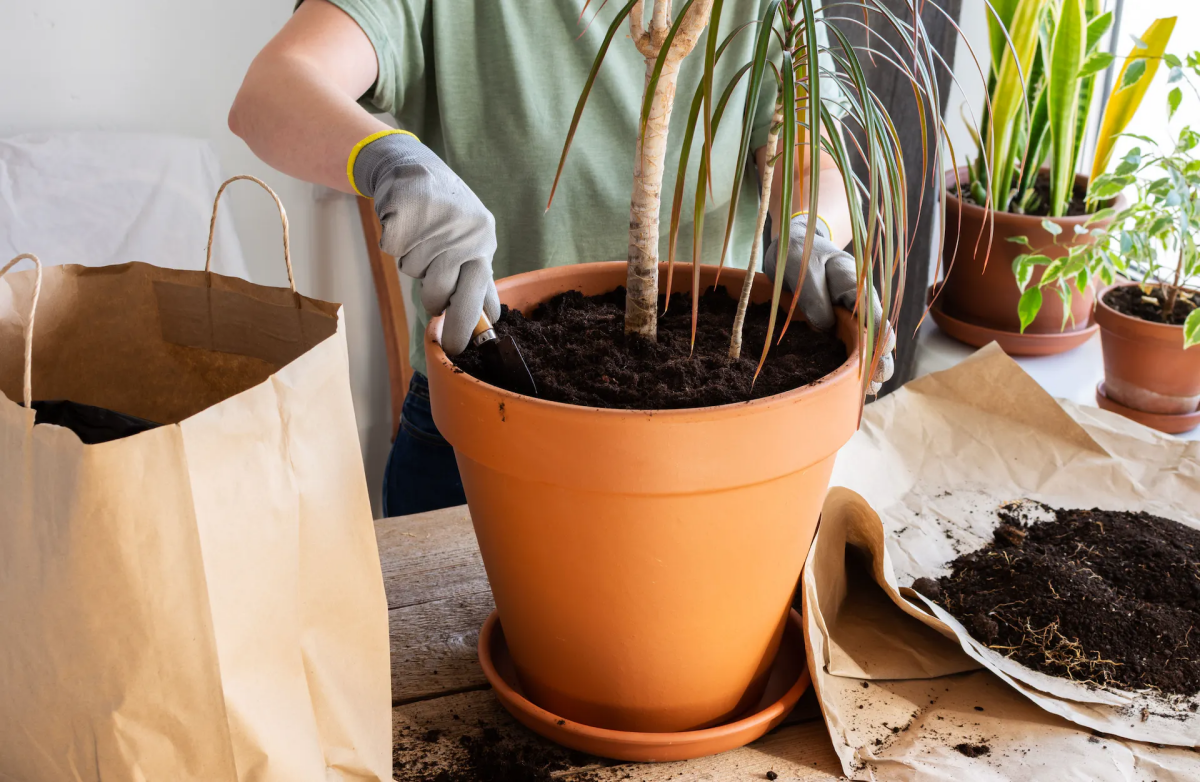
Fallen in love with your Dracaena? It’s surprisingly easy to create new plants from a single parent, a process called propagation.
- Using clean, sharp shears, snip off a top section of the cane that’s at least 4-6 inches long.
- Remove the lower leaves, leaving just a small tuft at the very top.
- Place the cutting in a glass of water, changing it weekly. In a few weeks, you’ll see small white roots begin to sprout.
- Once the roots are an inch long, you can plant it in soil!
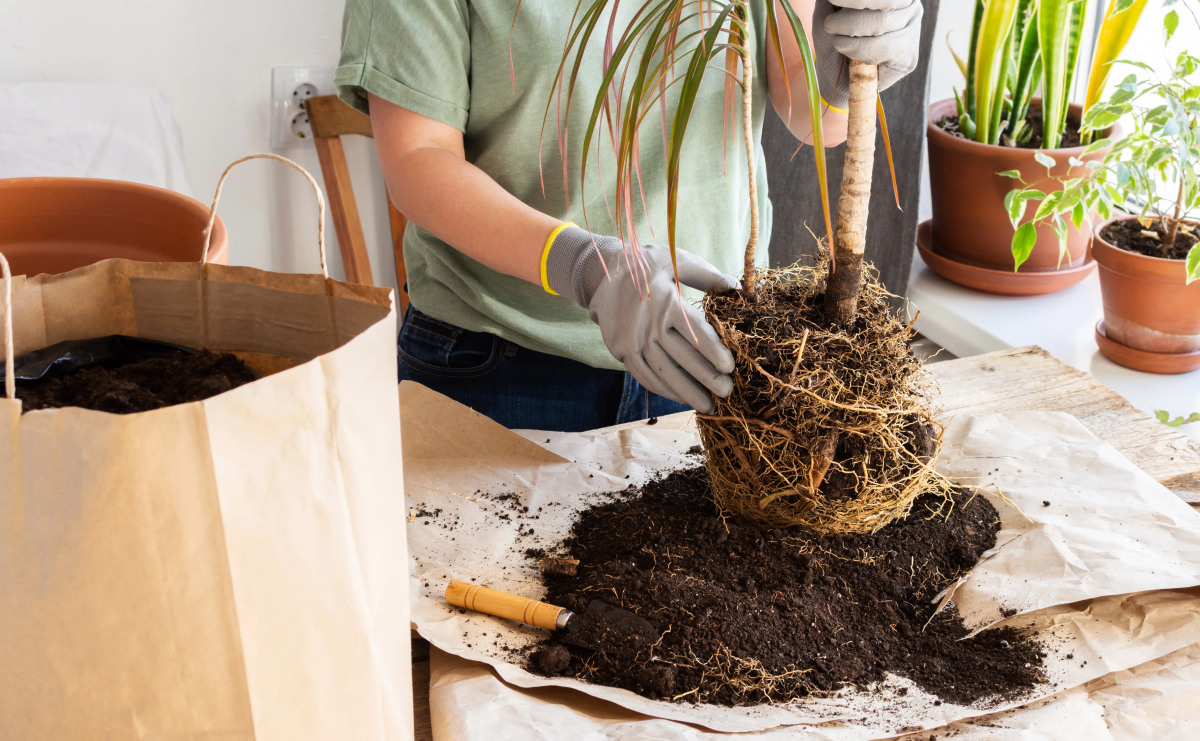
ATTENTION PET OWNERS: The American Society for the Prevention of Cruelty to Animals (ASPCA) lists the Dragon Tree as toxic to both cats and dogs.
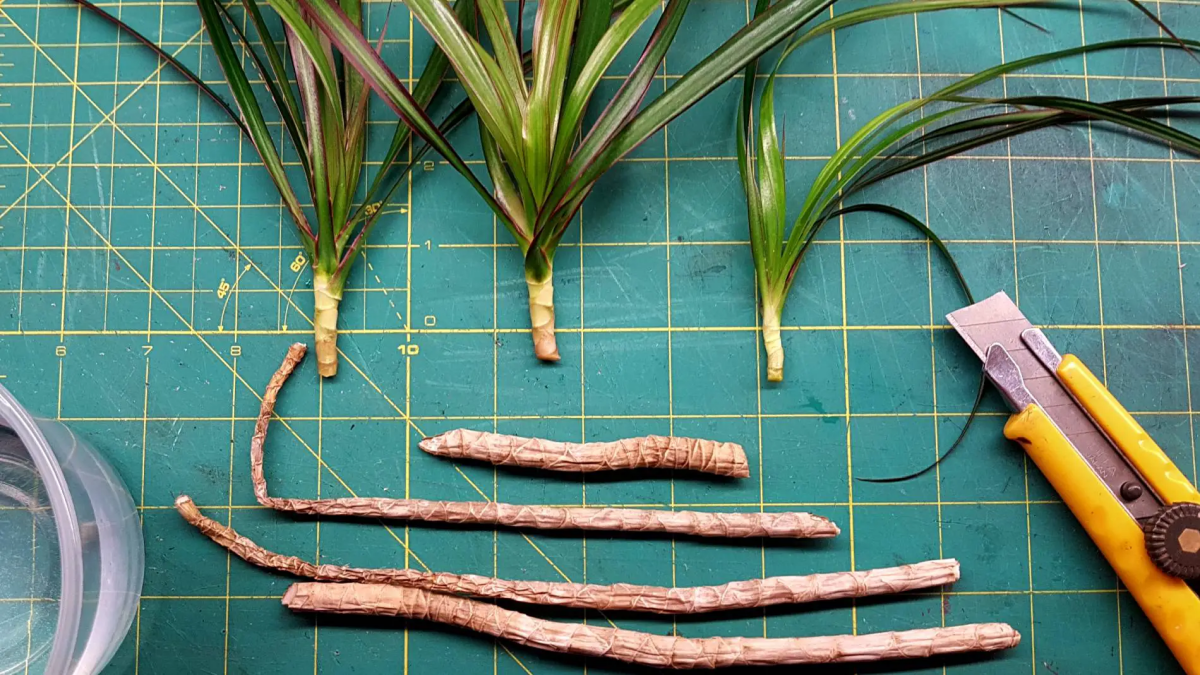
Dracaena marginata ‘Tricolor’: This variety adds a pop of color with cream and pink stripes along its slender green leaves, offering a softer, more playful look.
Dracaena marginata ‘Bicolor’: A classic choice, this one features distinct red or deep pink edges that contrast sharply with the dark green center of the leaf.
Both have identical care needs, so the choice is purely about which aesthetic best fits your space.
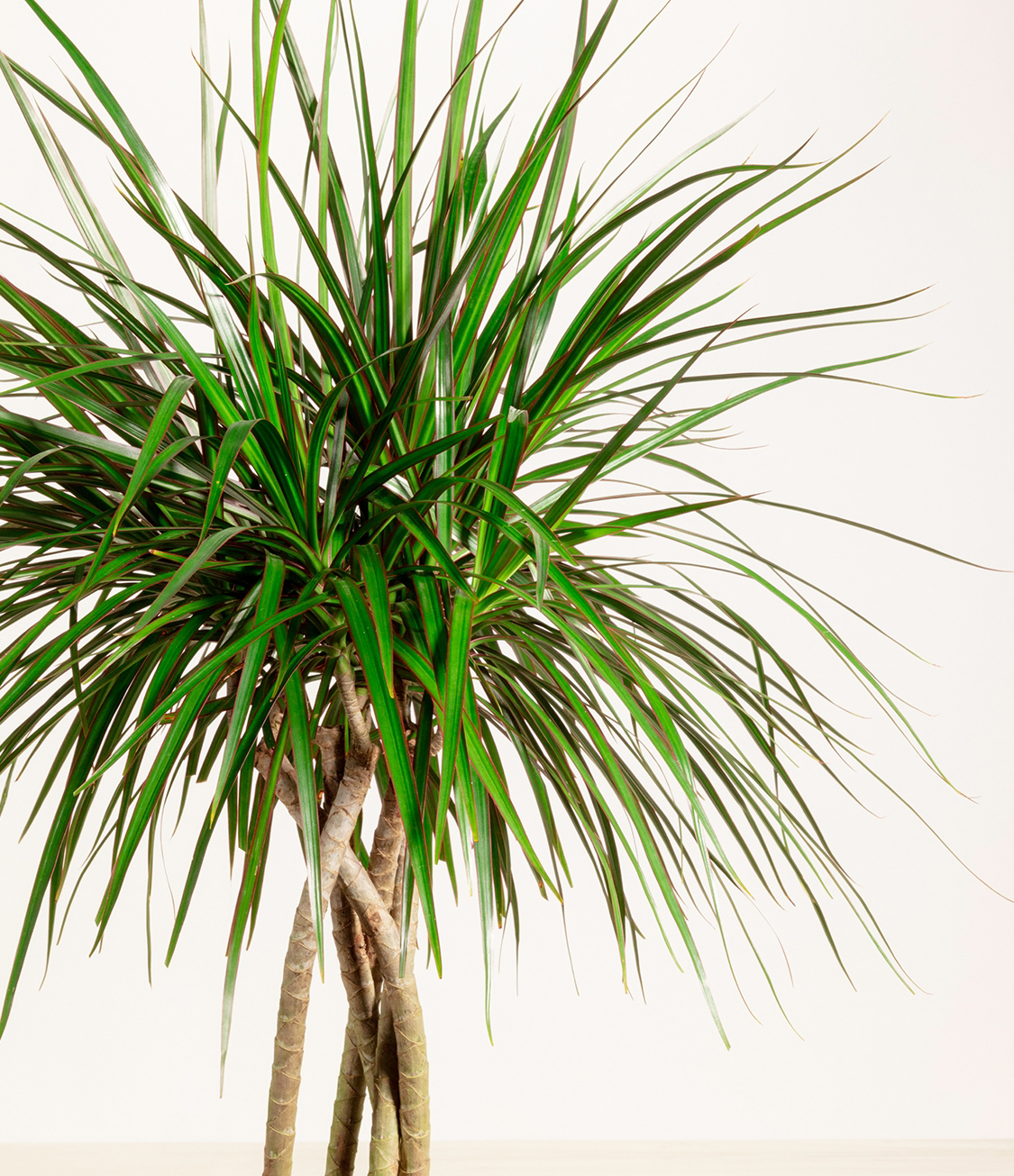
For the perfect soil blend that balances moisture retention with crucial drainage, you can easily create your own. In a bucket, mix together:
- One part standard indoor potting soil (a good base like Miracle-Gro Indoor Potting Mix works well)
- One part peat moss or sustainable coco coir
- One part perlite or pumice
This airy, well-draining mix allows roots to breathe and prevents the waterlogging that Dragon Trees despise.
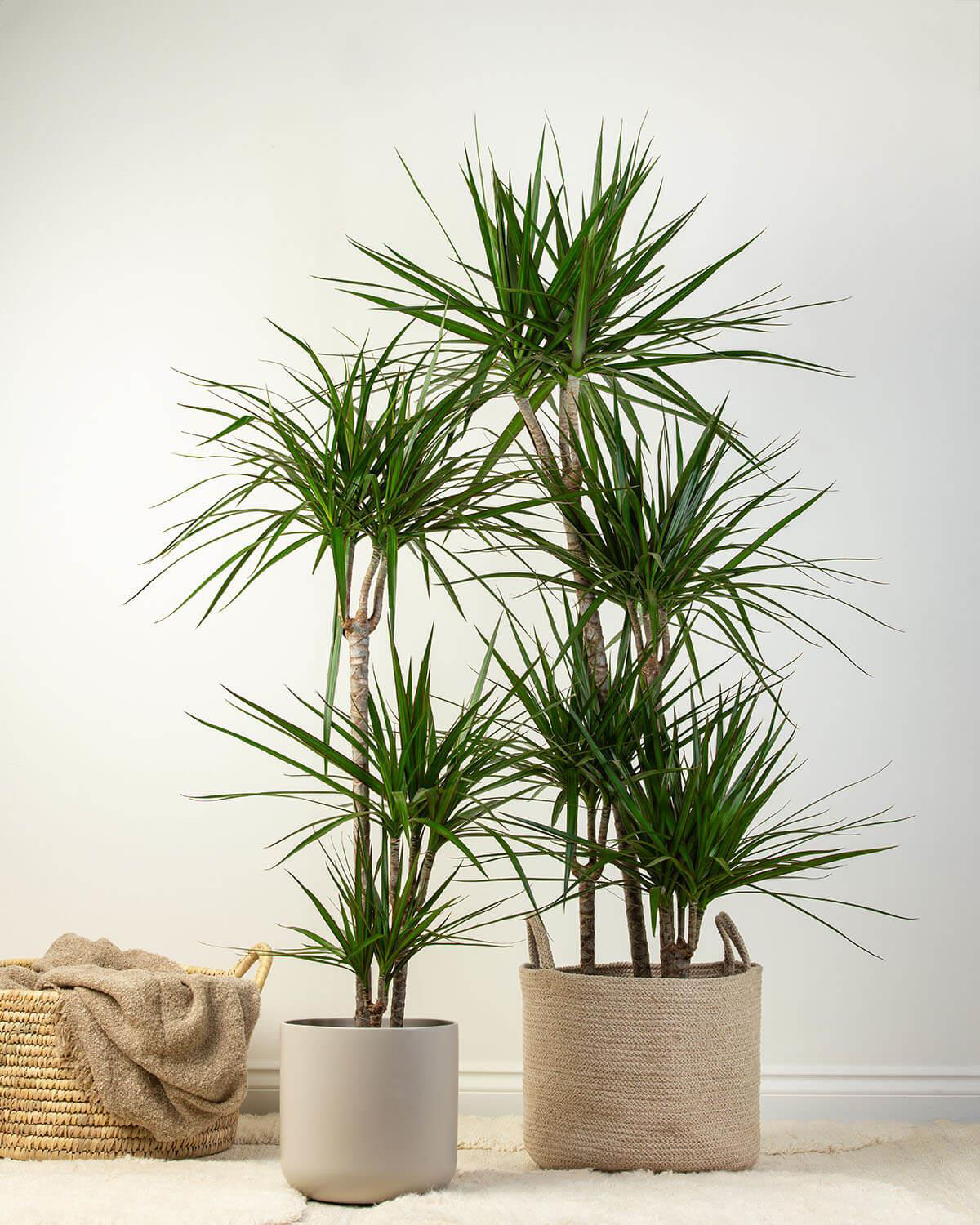
The slow growth rate of a Dragon Tree is a blessing for budget-conscious decorators. A small, affordable plant from a local garden center will provide years of enjoyment as it gradually transforms. While it might take 5-10 years to reach that impressive 6-foot stature, you get to witness its entire journey.
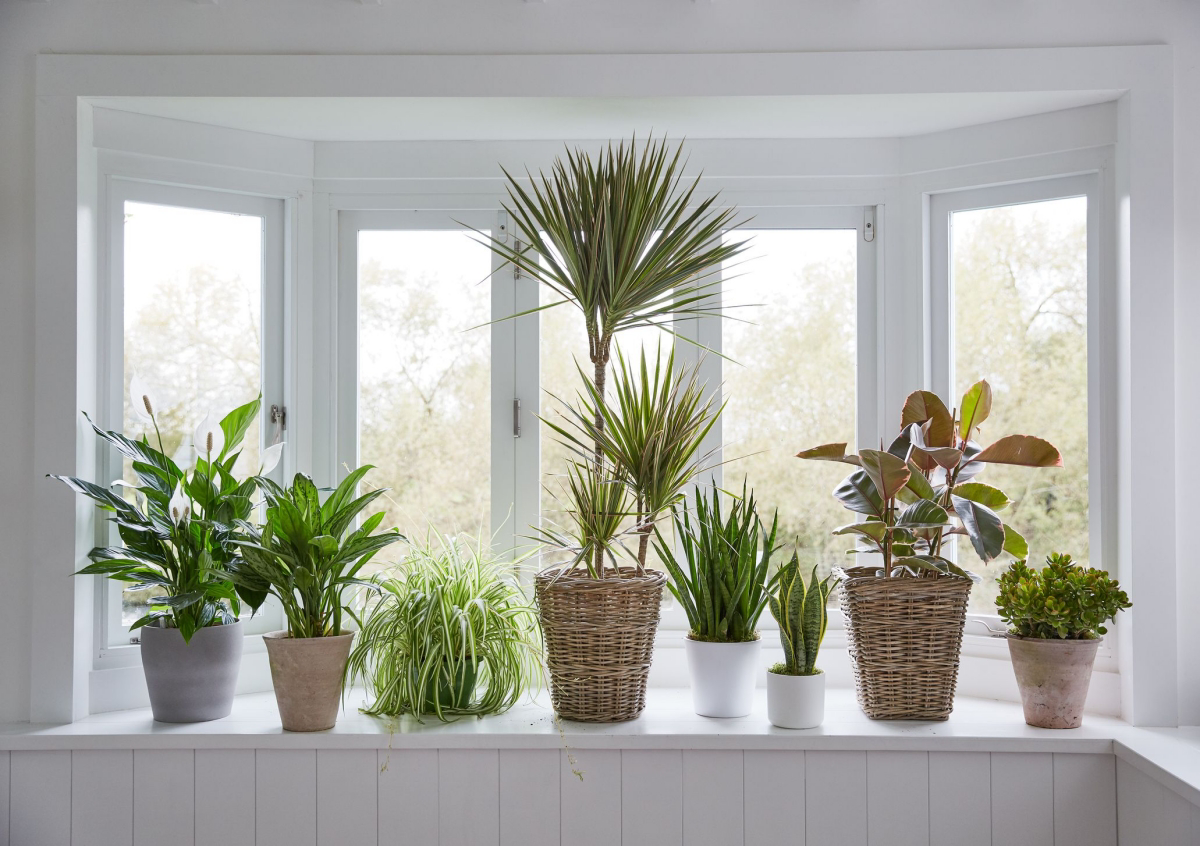
According to NASA’s Clean Air Study, the Dracaena genus is effective at removing formaldehyde, benzene, and trichloroethylene from the air.
The pot you choose does more than just hold the soil; it completes the look. To emphasize the Dragon Tree’s tall, slender form, opt for a cylindrical planter that gives it a solid, grounded base. Materials like matte ceramic, concrete, or textured fiberglass provide a modern counterpoint to the plant’s wild, spiky foliage. Brands like Lechuza or Crate & Barrel often have options that are a perfect match.










